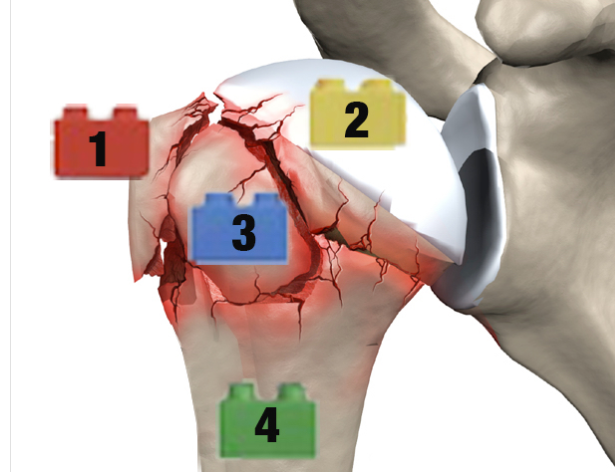
This blog auhot masked up to video a demonstration of using resin to create a fibreglass jacket.
It's been a frenetic and insightful day being able to double up with a class observation for my PGCE while videoing a demo of how to create a 'fibreglass jacket' with resin for Stageprops and efx at Northbrook MET.
Google them for their website and Instagram where all their goodness and greatness is on display.
My task, once requiring a team of at least four, was to video and publish. The team of three would have been camera, sound, lights and a producer/director. But that was three decades ago making video demonstrations for the health & safety team at BNFL Sellafield! Where the full suits worn once the site was active resembled the above.
Several lifetimes ago.
Then it was into a Meet to discuss and share outcomes from Wonkhe@Home conference and what this tells us about how to develop and support a vibrant 'Student Voice' during and post-Covid. The world of learning is a-changing.
Onwards.
With frustration my intentions and wish to attend tonight's PGCE class in person I have needed to come home and be online. With brilliant tutors you come to relish being in their presence. The difference between the online and face to face experience could not be more stark: in many situations the learning context, the feeling that you are part of a collective experience, and seeing the tutor and others so that you can 'read' their face and body language all counts for something. So much of this naturalistic impact is lost when you go online, at least with current systems.
What is needed is quality 360 for image and sound so that you can feel you are there. And in the room to be a laptop open on a trolley (I'e been told a partner of a law firm has been meeting staff like this) or more Sci-fi in approach, an iPad glued to a panel ... or at least the back of the chairs where we may have otherwise sat.
Some institutions, the banks and top law firms and ad agencies are no doubt doing this already > not in undercapitalised FE colleges though.
